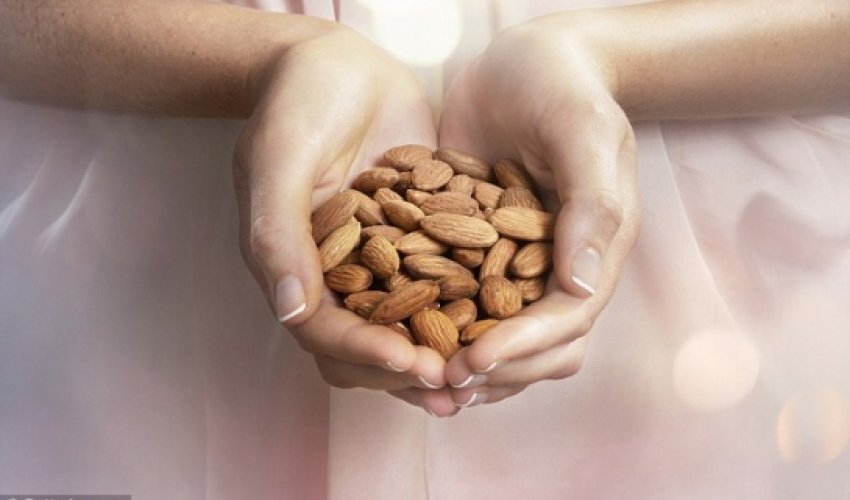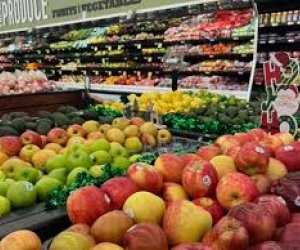The diet that could save your life

If that's not you, it might be someone you know - as about 60 per cent of the British population have blood cholesterol levels that increase the risk of heart disease. The reason you've been told to get your levels down is to reduce that risk. So what now?Last week in You magazine, we revealed how certain foods can lower cholesterol, with exclusive extracts from the first recipe book to combine them into a diet which could transform your health.This week, we explain exactly how much of each ingredient you need to eat, alongside more delicious meals for the whole family. It is important to realise that although you need to know what your cholesterol level is, numbers are not everything. The risk of heart disease depends on a number of factors that also include genetic predisposition, smoking cigarettes, diabetes, high blood pressure, lack of exercise and obesity. In fact, the majority of those who suffer a heart attack have cholesterol levels that are considered 'normal'. Even so, cholesterol is a fundamental part of the problem.If your doctor has recommended medication in the form of statins, you should follow that advice. But whether or not drug treatment is needed, lifestyle is fundamentally important. A central part of lowering risk is diet - but it's not all about cutting out foods. Building certain ingredients into your diet can actually lower cholesterol and reduce the risk of heart disease and strokes. We have looked at the most up-to-date international research and identified six foods for which there is the best evidence for this.Studies have shown a reduction in LDL cholesterol (the bad type, see below) by as much as 20 per cent in three months when a combination of these foods was taken with a healthy diet. And the more often the foods were eaten, the greater the benefit. With the help of dietician Dr Sarah Schenker, we have included these foods in healthy, easy-to-prepare, delicious recipes - featured in the new book Eat Your Way To Lower Cholesterol. Our hope is that everyone will enjoy them - whether or not they need help with their heart.What is cholesterol anyway?People think of cholesterol simply as a bad thing, but it's not. In fact, this fatty, waxy substance is essential for building cells and is also needed to make sex and stress hormones. Most cholesterol in the blood is produced by the liver, which manufactures it from almost any food you eat. The liver adjusts the amount it makes in response to the amount of cholesterol circulating in the blood. This is why, when cholesterol-containing foods like eggs or shellfish are eaten, in most people the blood cholesterol doesn't change - as the liver simply makes less. As well as releasing cholesterol directly into the blood, the liver uses some cholesterol to make bile, a digestive fluid secreted into the gut that helps us absorb fat from the food we eat. Bile cholesterol is either re-absorbed and recycled by the liver, or is passed out as waste. We all know that oil and water don't mix, and because cholesterol is a type of fat, and blood is mostly water, they wouldn't get along without an important addition. In order for the cholesterol to be transported easily in the bloodstream, the liver coats it in proteins. The resulting tiny balls of fat are known as lipoproteins, and it is these we are usually referring to when we talk about cholesterol.The good... and the bad!Two types of lipoprotein are low-density lipoprotein (LDL) and high-density lipoprotein (HDL). This is why, when you have a blood test to check your cholesterol levels, your GP may give you more than one number.The main function of LDL is to carry cholesterol to the cells of the body where it is needed. If there is more than is needed, LDL can build up in spots in the artery walls - a process called atherosclerosis.Once this starts, the LDL can undergo a chemical change called oxidation - a process akin to butter going rancid - causing further damage to the artery walls and raising the risk of heart disease.The main function of HDL is to mop up the excess LDL cholesterol and take it away from the cells and artery walls to the liver, where it is either broken down or excreted. The more HDL we have, the better. So, a person can have high overall cholesterol levels but if much of it is HDL, then they probably won't be told to get their levels down.How food has an effectWe all know a bit about food and health, whether from old wives' tales, messages from our school days or things we've seen in television adverts. But many bits of information that we think of as fact have been disproven over the years. And there is now strong evidence that protection from heart disease and strokes comes just as much from foods we should be including in our diets, as those we should be avoiding. The latest research shows that eating specific foods can not only lower cholesterol levels but also have wider-ranging benefits for heart health:Certain foods, such as fibre-rich beans and pulses or oats, stop cholesterol from being absorbed into the blood circulation.There is also evidence that certain types of fibre actually reduce the amount of cholesterol manufactured by the liver.In addition, there are some foods, including nuts, olive and rapeseed oils, that may stop LDL from causing damage.These three key aspects are represented in the six foods outlined on these pages.(dailymail.co.uk)Bakudaily.az




































 Photo
Photo 



 Video
Video 

